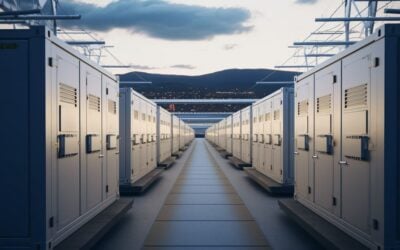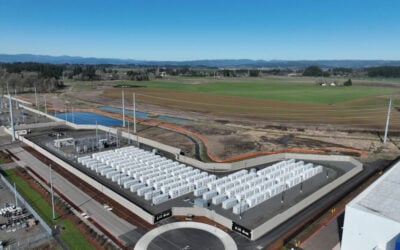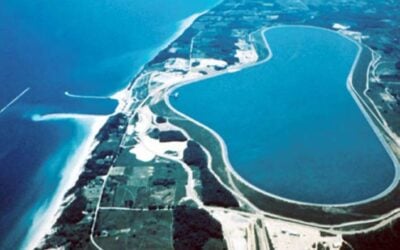The annual capacity of battery cell manufacturing for ESS in the US looks set to reach 50GWh by the end of next year, based on recent company announcements.
The 2022 Inflation Reduction Act increased the importance of domestic manufacturing for energy storage system (ESS) suppliers trying to capture the US market. It increased the appeal of setting up manufacturing facilities in the US with production tax credits and investment tax credits available alongside a domestic content bonus.
This caused a flurry of investments into US facilities, although primarily within the electric vehicle (EV) sphere. Energy storage has also reaped the benefits and multiple ESS manufacturers have been trying to secure a US supply chain in recent years.
The increased emphasis on manufacturing in the US was increased by tariffs, of which negotiations are still ongoing, and the recent One Big Beautiful Bill Act that increased the domestic content requirement for integrated components and restricts tax credits if a component is produced through “effective control” by a specified foreign entity.
Try Premium for just $1
- Full premium access for the first month at only $1
- Converts to an annual rate after 30 days unless cancelled
- Cancel anytime during the trial period
Premium Benefits
- Expert industry analysis and interviews
- Digital access to PV Tech Power journal
- Exclusive event discounts
Or get the full Premium subscription right away
Or continue reading this article for free
Cell manufacturing for energy storage in America is still a very recent development, with the first lithium iron phosphate (LFP) cells for energy storage being produced this year from Envision AESC and LG Energy Solution. These companies both used facilities that were originally geared for EV batteries, but the uptick in energy storage adoption alongside slowed growth for EV demand in recent years provided a business case for the change.
Tesla and Canadian Solar are set to join them with Tesla planning to begin production this year and Canadian Solar’s Kentucky factory on track to be completed in Q1 2026. This would bring the cell manufacturing capacity to over 50GWh by the end of 2026 if LG Energy Solution’s ramping up plans are also achieved.
The majority of ESS manufacturing on the other hand still remains just for the modules or system assembly while still using cells produced abroad.
The higher cost of manufacturing in America in addition to the typically longer time and higher investments for implementing new cell production lines could be strong factors for this. As of 2025, ESS assembly capacity is estimated to already be over 50 GWh, aided by Hithium’s new Texas factory that only opened in May.
Suppliers with more US manufacturing are a mix of companies with a high US exposure for energy storage, such as Fluence and LG Energy Solution, and companies actively pursuing the US market like Hithium.
Despite the US being a leading country in energy storage deployment, the market is in a current state of uncertainty given the uncertainty surrounding trade policies and numerous projects being delayed or cancelled.
Overall, having domestic manufacturing could help ease worries of US developers, and there are still plans for setting up energy storage manufacturing there from overseas companies. SK On is a prime example of this, reportedly planning to utilise some of its EV battery lines for ESS. But with the market in its current situation, it is undetermined if the large investment required, especially if building a facility from ground up, is worth it right now. This is seen by the string of factory cancellations and delays and smaller companies may struggle to get the investment needed to build out factories.
The unclear future of trade policies in combination with the restrictions the OBBB imposes, particularly limiting the use of “material assistance” from a prohibited foreign entity, means the US manufacturing is currently unlikely to reach the levels hoped for when the IRA was first brought in.
To learn more about the Battery StorageTech Bankability Ratings Report, or to arrange a free demo, please contact our team at the link here.


![burns and mcdonnell GA_Battery_Storage_003[84] The maturing industry has allowed EPCs to "get more creative with engineering technology and construction equipment to help streamline operations in the field," Julian Hoover says. Image: Burns & McDonnell](https://www.energy-storage.news/wp-content/uploads/elementor/thumbs/burns-and-mcdonnell-GA_Battery_Storage_00384-rgklnp65oz5okwj4j525f5bdz9y57j338jh6zpqdvo.jpg)


